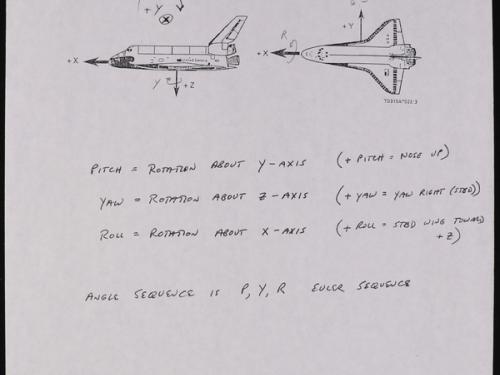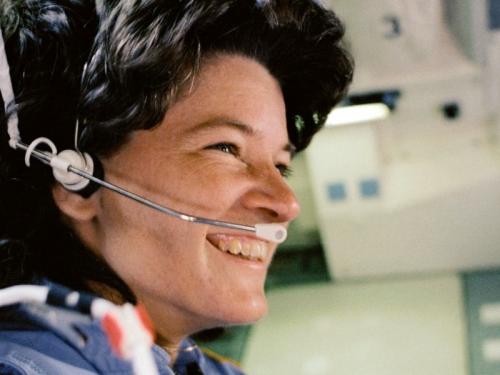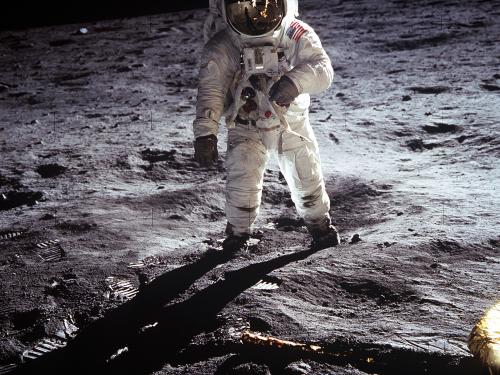
Stories of daring, stories of technological feats, stories of prevailing against the odds ... these are the stories we tell at the National Air and Space Museum. Dive in to the stories below to discover, learn, and be inspired.
Showing 71 - 80 of 288

February 20, 2022
When John Glenn splashed down at the end of his planned three-orbit mission, he became a national hero because he was the first American to orbit the Earth. Celebrate the 60th anniversary of Glenn’s historic spaceflight by learning about the origin of the seven-orbit myth.

January 04, 2022
A new book reveals how badly the Soviets wanted to win the early space race.

December 01, 2021
In the era of the Space Shuttle from the 1980s to the early 2010s, NASA astronauts would receive numerous information booklets and other written materials which would explain to them how to operate the Space Shuttle. The Museum's Archives holds two rich collections related to this intense technical training in the personal papers of Sally K. Ride and David M. Brown.
November 23, 2021
With the most recent restoration efforts complete, Apollo 11 command module Columbia was carefully wrapped in multiple layers of protective cover as it prepared to leave the Steven F. Udvar-Hazy Center to journey home. Director Chris Browne reflects on transporting Columbia to the Museum on the National Mall.

November 23, 2021
93% of televisions in the United States tuned in to see Neil Armstrong walk on the Moon. Can you believe 7% were watching something else? At 11pm on a Sunday?? But as much as we love it now, Apollo 11’s contemporary acclaim wasn’t exactly universal. Many people, all over America, had reservations about spending billions of dollars on space exploration instead of solving problems here on Earth. And some Americans had their eyes on a very different, much more important prize. The rise of Apollo coincided with the peak of the Civil Rights Movement (which technically ended with the signing of the Civil Rights Act in 1968—but we all know the struggle and the movement didn’t end there). In this episode, Emily, Matt, and Nick explore the intersection of these two moments in American history, discuss the protests, activists, and anthems of the time, and talk to Sylvia Drew Ivie about the issues then and how we’re still working to turn it all around.

November 18, 2021
Who were the first women in space? What were their stories?

November 11, 2021
During the Apollo missions, astronauts didn't just travel to the Moon—they conducted experiments, both on the surface of the Moon and while in orbit.

November 11, 2021
Have you always wanted to experience what it’s like to be an astronaut but without the queasy upshot of actually shooting into space? Then we’ve got news for you! Only around 550 people have been to outer space (like, ever!). But many more can and do participate in simulated space missions right here on Earth—and it turns out they’re super important.

November 09, 2021
The Apollo program, which landed the first human on the Moon, ended in December 1972 with Apollo 17. Why did we stop?

November 09, 2021
Between 1969 and 1972, twelve astronauts successfully landed on the Moon and returned to Earth, bringing back with them lunar samples and scientific data, and, perhaps most importantly, a new understanding of what it meant to be human. But what did they leave behind?